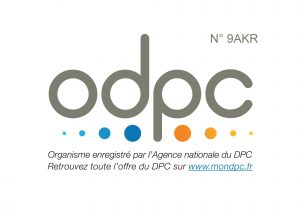Erin A. Gottlieba and Dean B. Andropoulosa
Purpose of review
To summarize recent publications emphasizing the changes in the population of patients with congenital heart disease and trends in the anesthetic and perioperative care of these patients presenting for noncardiac procedures.
Recent findings
It has been reported that children with congenital heart disease presenting for noncardiac surgery are at an increased anesthetic risk. This risk has become better defined. The patients at highest risk are infants with a functional single ventricle and patients with suprasystemic pulmonary hypertension, left ventricular outflow tract obstruction or dilated cardiomyopathy. Familiarity with the physiology and perioperative implications of the stages of single ventricle palliation is critical. The anesthetic approach, monitoring, conduct of surgery and postoperative care and outcomes are variable in this patient population. Recent literature reflects the growing number of children with ventricular assist devices and the management of these patients for noncardiac procedures. Cardiac imaging modalities provide diagnostic information, and strategies for reducing anesthetic risk for these procedures are of great interest. Pharmacologic trends and the application of technology are reviewed.
Summary
The identification of high-risk patients, multidisciplinary decision-making and planning and careful anesthetic management and monitoring are critical for optimizing outcomes in children with congenital heart disease presenting for noncardiac procedures.
Keywords
anesthesia, congenital heart disease, noncardiac surgery, pediatric


